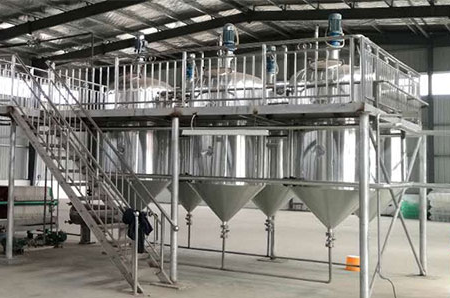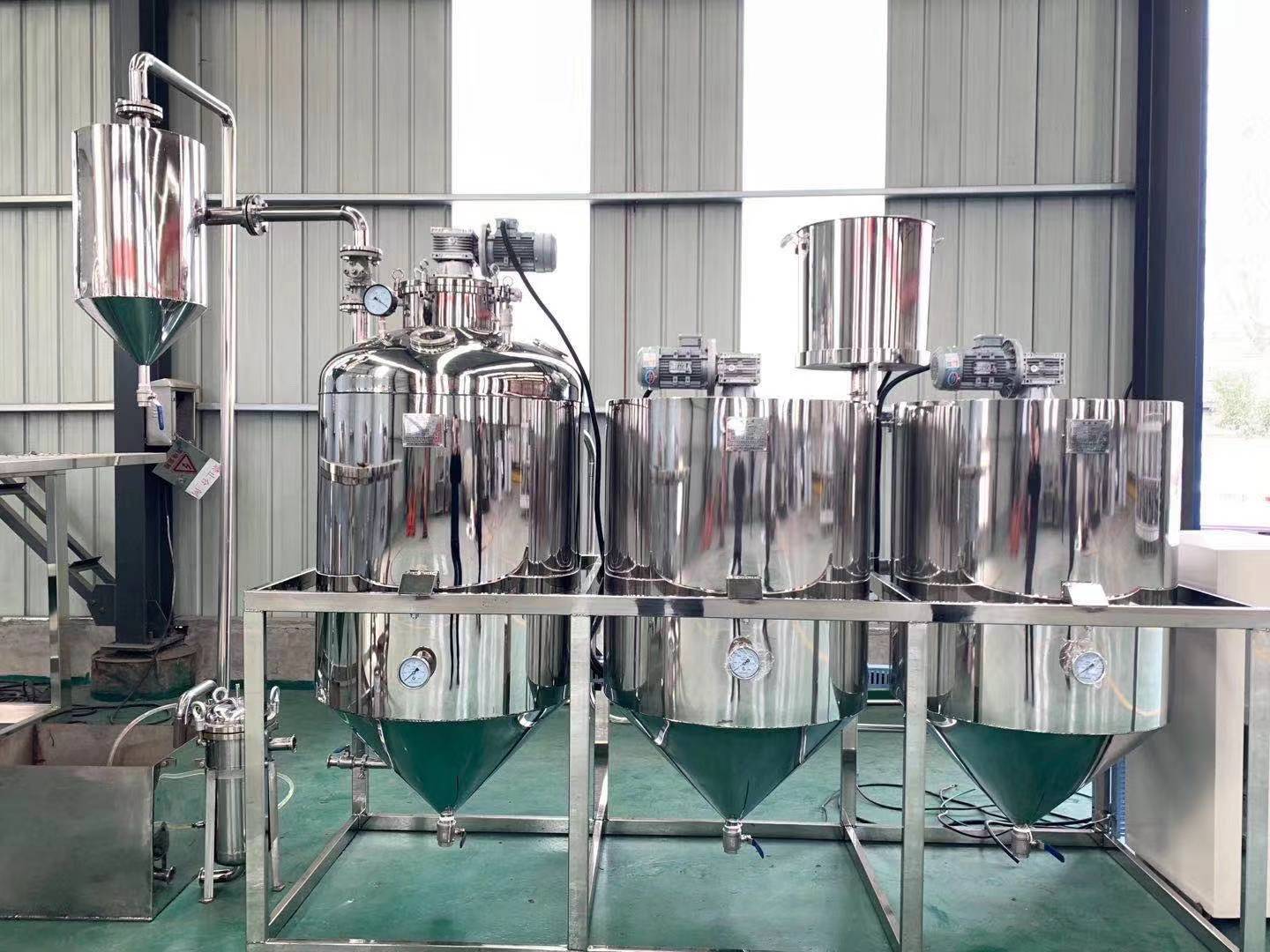1.Analysis of the market status of rapeseed oil
Rapeseed oil contains 0.4-1.0% arachidic acid, 14-19% oleic acid, 12-24% linoleic acid, and 1-10% linolenic acid. From the perspective of nutritional value, the human body's digestion and absorption rate of rapeseed oil can be as high as 99%, and it has beneficial biliary function.
But at present, the rapeseed deep processing industry is far from keeping up with market demand, such as the output of rapeseed oil. The state encourages individuals to invest in the rapeseed deep processing industry, improve the level of mechanization of production and processing, and through intensive processing, it will increase the efficiency of enterprises, increase the income of farmers, and create good oil for the market.
At present, there is still a large gap in domestic edible oil demand, and the market demand for rapeseed oil is increasing day by day. Rape oil refining equipment is a very important component in the production process of edible oil plants.

2.Purpose of rapeseed oil refining equipment
The other ingredients in oils except triglycerides are called impurities.
The purpose of refining is to remove impurities, maintain the biological properties of oils, and retain or extract useful substances. In fact, refining does not remove all impurities, but selectively removes impurities.
According to the composition and properties of impurities in crude oil, it can be divided into three categories:
(1) Insoluble solid impurities, such as silt, cake powder, fiber, clay, catalyst, etc.
(2) Peptizing impurities, such as free fatty acids, sterols, vitamin E, pigments, vitamins, gossypol, etc.
(3) Volatile impurities, such as moisture, alcohols, hydrocarbon solvents, smelly substances, etc.
Most impurities are detrimental to the quality and storage safety of oils and fats. For example, moisture not only affects the transparency of oils but also promotes the hydrolysis and rancidity of oils; free fatty acids affect the flavor and promote deterioration; phospholipids can make oils turbid and produce black precipitates when heated. Foaming, bitterness, etc.; various pigments directly affect the color of the oil, and also promote the rancidity of the oil; the presence of colloids, sulfur and phosphorus compounds, soapstock, and heavy metal salts makes it difficult for subsequent processes such as steam stripping to deacidify.

3.Five steps of rapeseed oil refining
(1) Degumming: removing phospholipids, mucus, resins, proteins, sugars, trace metals, etc. in the crude oil, generally using hydration and acid refining methods.
(2) Deacidification: Use food grade lye neutralization method to remove free fatty acids, acid pigments, sulfides, insoluble impurities and trace metals in the oil.
(3) Dehydration: Use heating and vacuum drying to remove the water in the refined oil.
(4) Decolorization: Use adsorbents such as clay, aluminum silicate, and activated carbon to remove various pigments, colloids, oxides, etc. in the oil.
(5) Deodorization: The principle of vacuum stripping is used to remove low-molecular odorous substances, free fatty acids, monoglycerides, glycolipids, sulfides, and thermal decomposition products of pigments in the oil.
Copyright © Henan Zhongxing Grain And Oil Machinery Co.,Ltd. All Rights Reserved. Powered by MetInfo